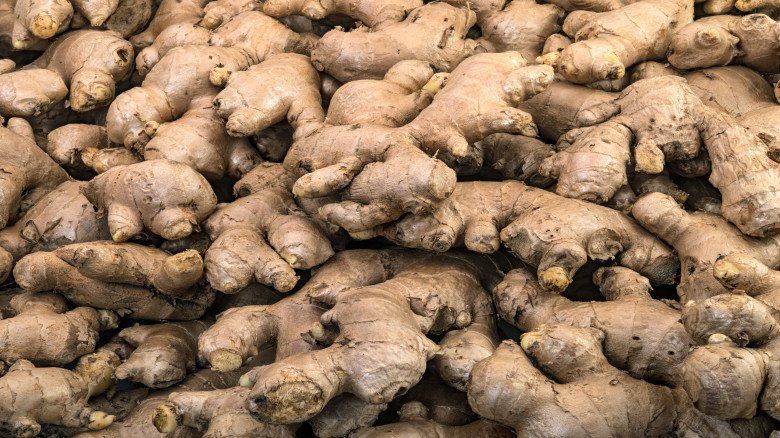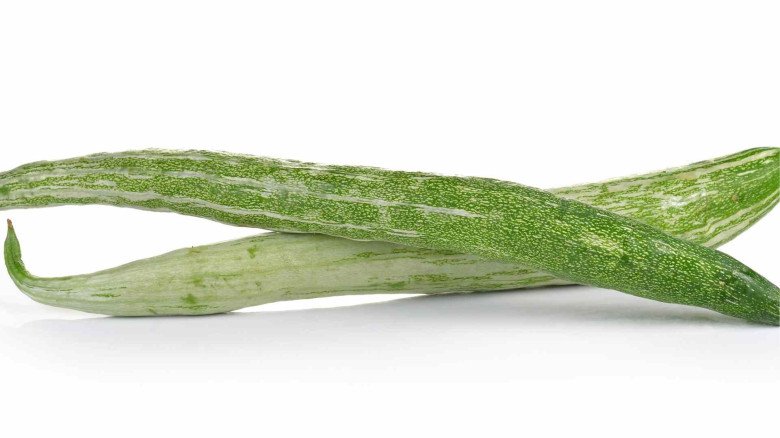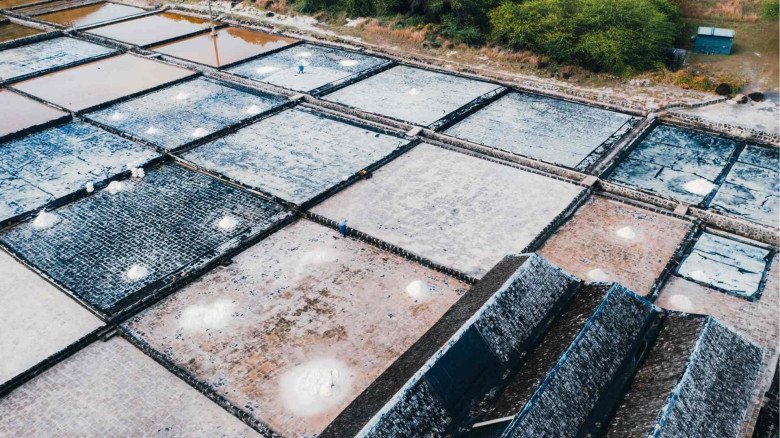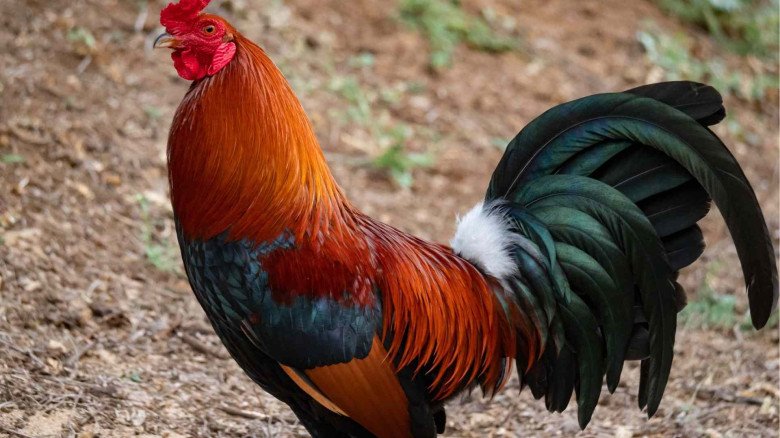Coconut cultivation in India
An important part of India's national economy is the coconut industry. As to the Food and Agriculture Organization of the United Nations, India is amongst the global producers of coconuts. Large-scale coconut cultivation is carried out in Tamil Nadu, Kerala, and Karnataka.
In addition to Goa, the island nations of Lakshadweep and Andaman and Nicobar, and the states of Andhra Pradesh, Maharashtra, Orissa, West Bengal, Gujarat, Assam, Pondicherry, and Goa are also known for growing coconuts. These states are perfect for growing coconuts because of their excellent soil and tropical climate.
Almost one-third of India's coconut crop comes from Kerala alone. Kerala got its name from the terms "alam" and "kera," which translate to "coconut." Keralites refer to themselves as Kalpa Vriksham's "heaven's trees" since they seem to have at least four or five trees on their little parcels of land. Because the growth seasons are so lengthy, coconuts are harvested every 40 days, with 20 to 30 coconuts per tree. Intercropping, which includes planting other crops alongside coconut trees including bananas, pineapples, and pepper, has a long history in Kerala. In doing so, farmers' incomes are raised and land utilization is optimized.
Small farms and estates in Kerala are often planted with coconut palms. With more than 800,000 hectares of coconut plantations, the state produces over 41% of all coconuts produced in India. Kerala's main exports are coconut oil, coconut milk, and dried coconut, all of which have a substantial economic impact on the region.
Coconut trees are often planted on small farms and in homesteads in Kerala. The state is home to more over 800,000 hectares of coconut plantations, or around 41% of all coconuts produced in India. The economy of Kerala is greatly boosted by the sale of coconut goods, which include coconut milk, oil, and dried coconut. Coconuts may be used to make coconut oil.
Additionally, in Kerala, tree leaves are used to construct doormats, baskets, and shelters; husks are used to manufacture coir; shells are used to make ladles and spoons; and fruits are used to make hair oil or to consume. Many Keralan cuisines include coconut as an ingredient, and coconut oil is frequently used to prepare foods like appam and beverages like coconut toddy. Traditional curries require coconut milk, which is made from coconut. Visitors may get an understanding of Keralan coconut agriculture by taking advantage of the coconut tours offered by Thiruvananthapuram, Kochi, Kumarakom, Paravur, Mararikulam, and Periyar, among other locations in Kerala.
Coconut cultivation is mostly done in India by small-scale farmers on little land parcels. These farmers usually employ physical labor for agricultural operations like harvesting and climbing trees to gather coconuts, as well as other traditional farming practices. To increase yields and sustainability, however, contemporary methods and technology have been embraced recently, such as hybrid coconut tree kinds and irrigation systems.
\
In addition to oil, coconuts are used to make cosmetics, soaps, hair oils, and other items including food and drink, as well as traditional remedies. The husks and shells are utilized in many ways, such as the manufacturing of activated charcoal for water purification and coir fiber for ropes and carpets.
-logo.webp.png)
.jpg)
-logo.webp.png)

































Leave A Comment